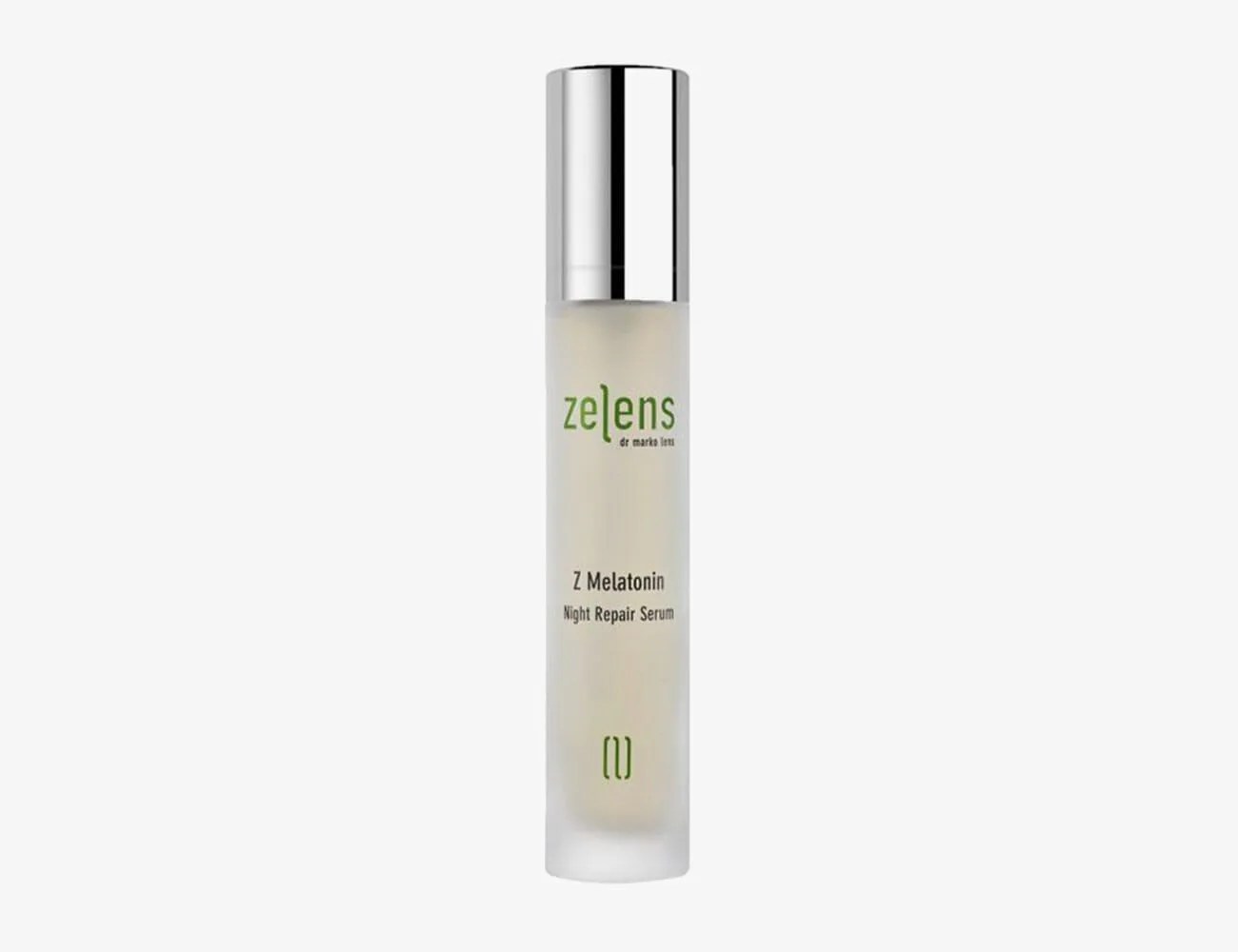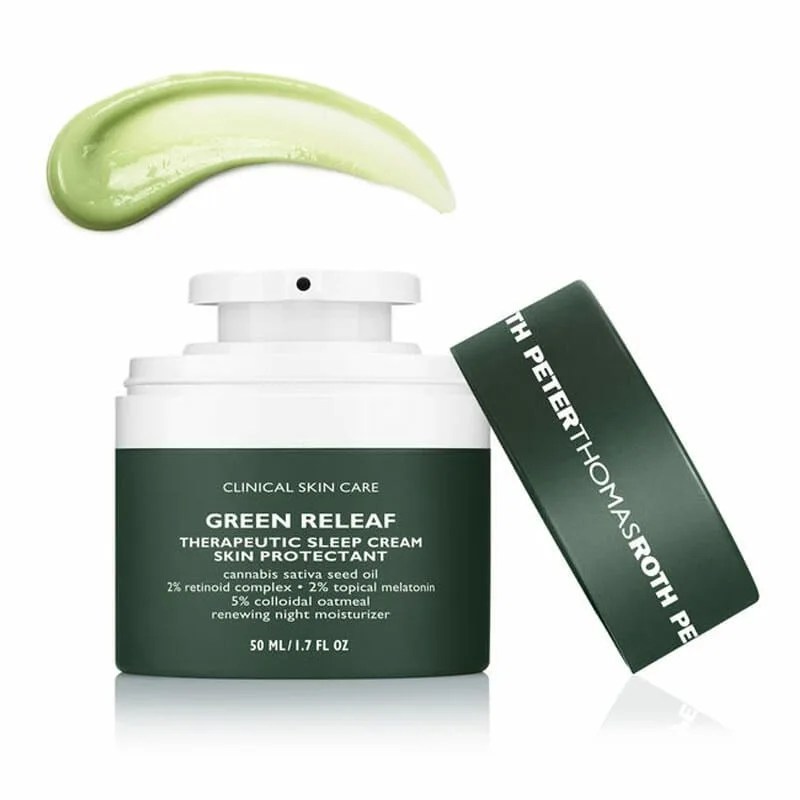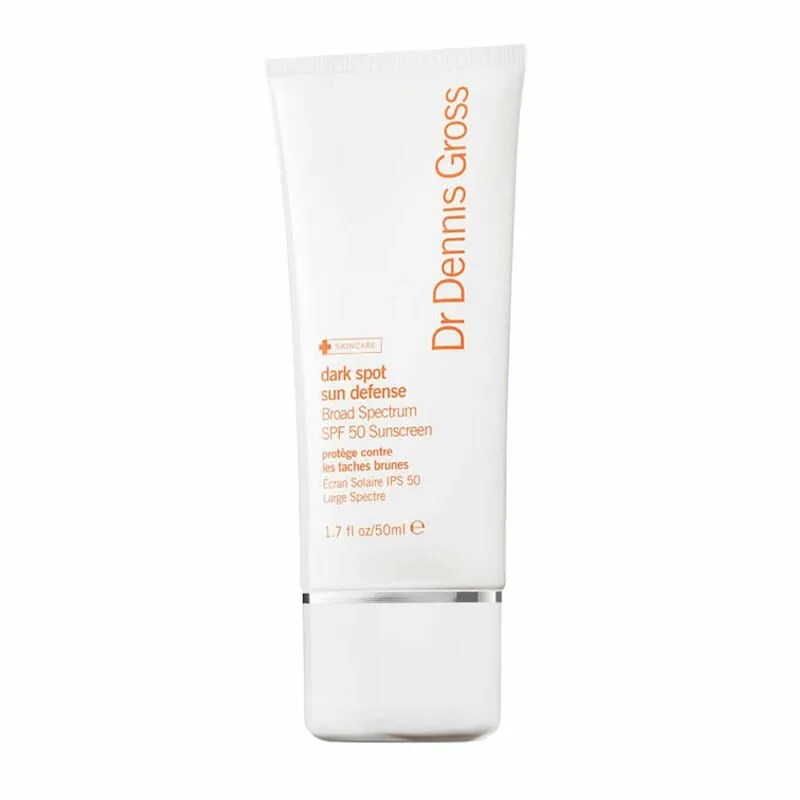“Did you hear the news about melatonin? The kids are applying it to their faces.”
“Gasp!” (Clutches pearls.) “No! Heavens to Betsy! Are they crazy?”
I can imagine two gossipy seniors chit-chatting about the good ol’ days when all they did with melatonin was ingest it, in order to get better quality sleep. (Or better yet, all they did was produce it naturally in their brains, because they didn’t rely on computer screens and caffeine to get through the day.) But now, people are applying melatonin to their face before bed, in the form of creams and serums. The idea is that they’ll wake up looking fresher and more youthful, in addition to feeling refreshed from a good night of rest. (Which is possibly aided by orally ingested melatonin.)
So, is topical melatonin’s effectiveness a fact, or a fad?
First, let’s consider supplemental melatonin. Even if you haven’t taken melatonin as a sleep aid, you probably know its function: It doesn’t knock you flat like a sleeping pill, but it does aid in your ability to doze off, to stay asleep and even to wake up more readily in the morning. Our bodies produce it naturally, but so many people have wonky sleep schedules or patterns that they need a slight push, without passing out and sleeping for 10 hours. Melatonin, taken orally, is more or less a “natural” sleep aid — when done in moderation, of course.

But what about topically? What is its purpose? I’ve seen it in a few products of late, and have been using one in particular, Zelens Z-Melatonin Night Repair Serum, as a final step before bed. Zelens claims that the product synchronizes with your body’s natural circadian rhythm — that is, on a cellular level, since all your cells are regenerating fastest and most effectively while you sleep — and in turn, it helps you wake with a brighter, firmer, more even complexion.



